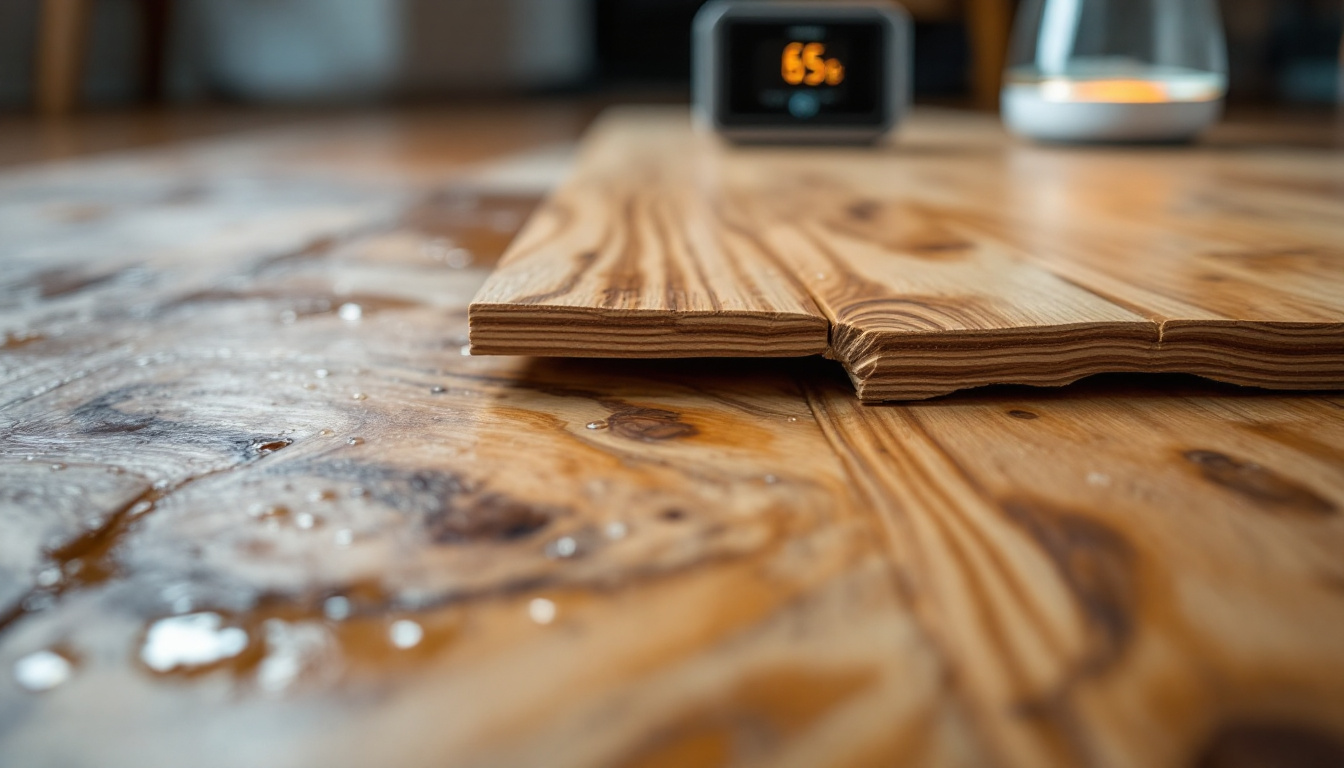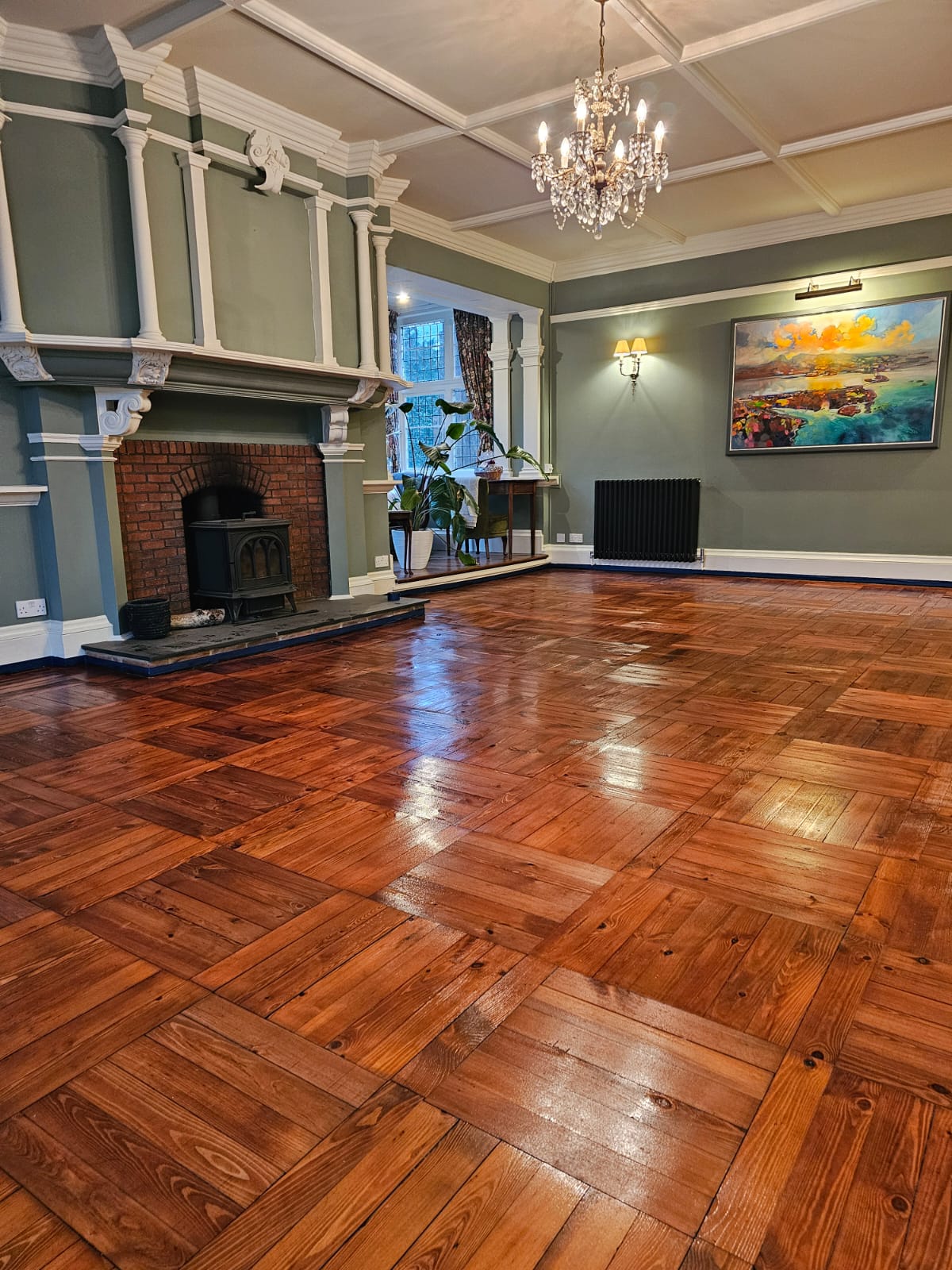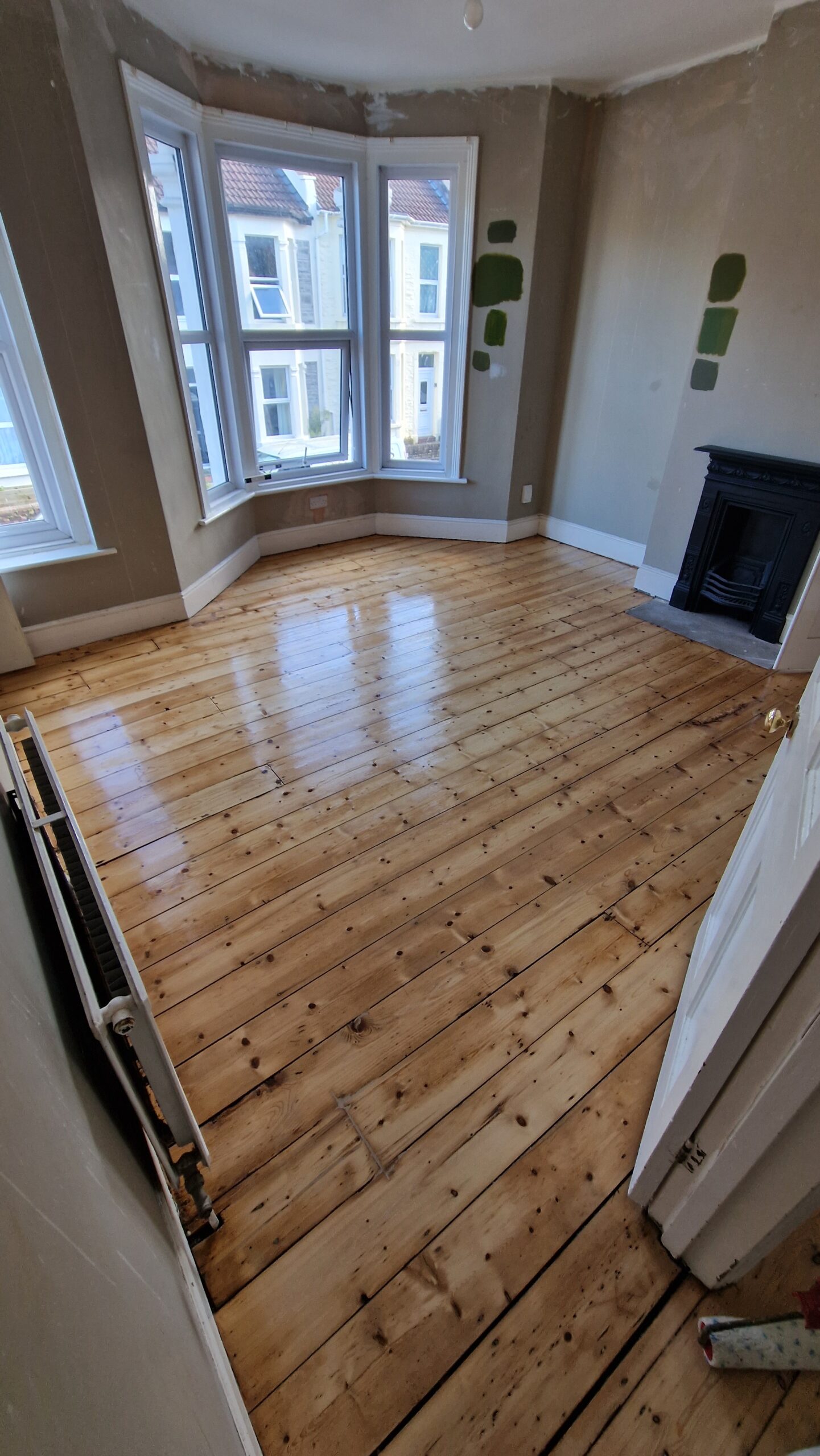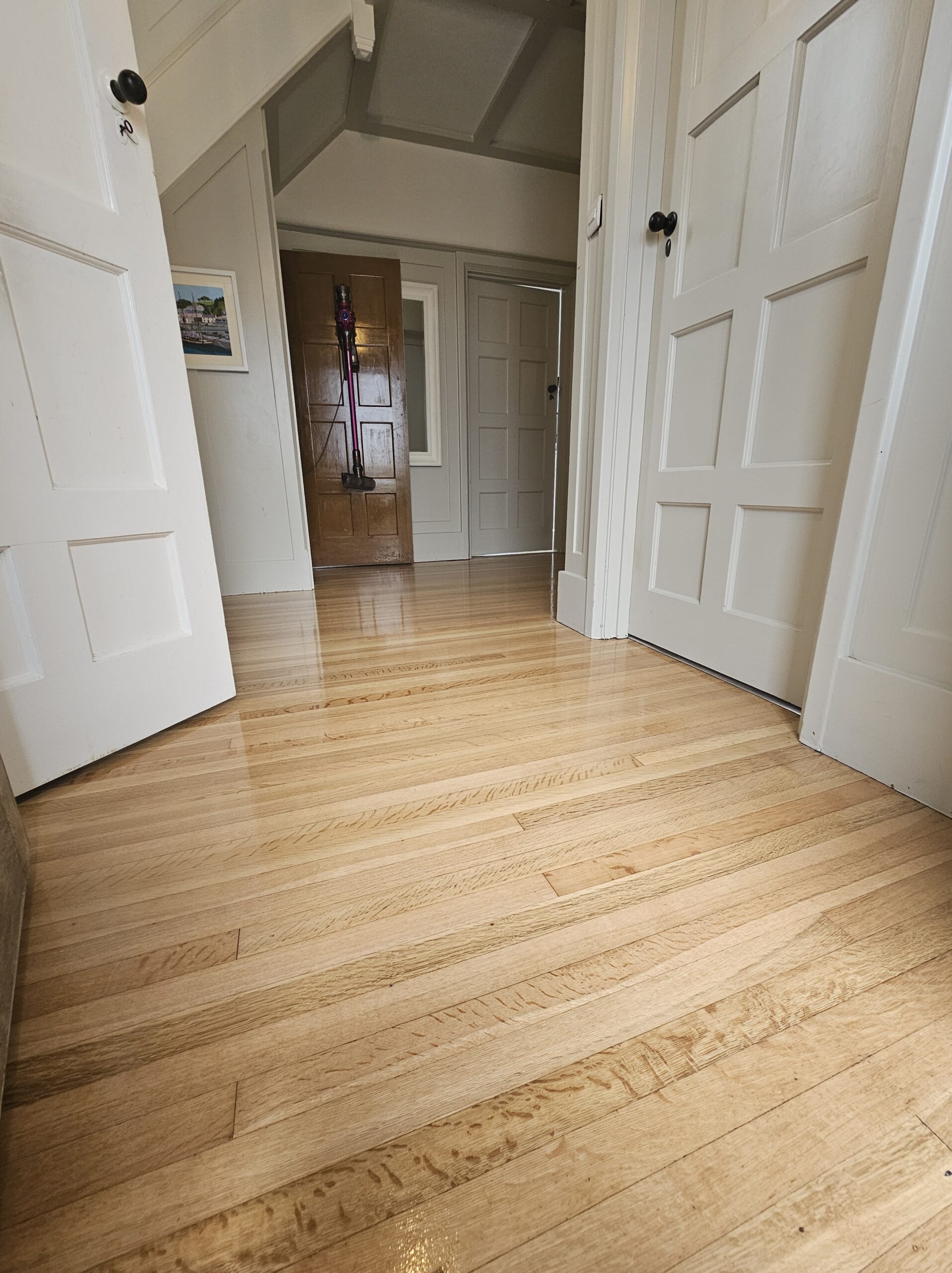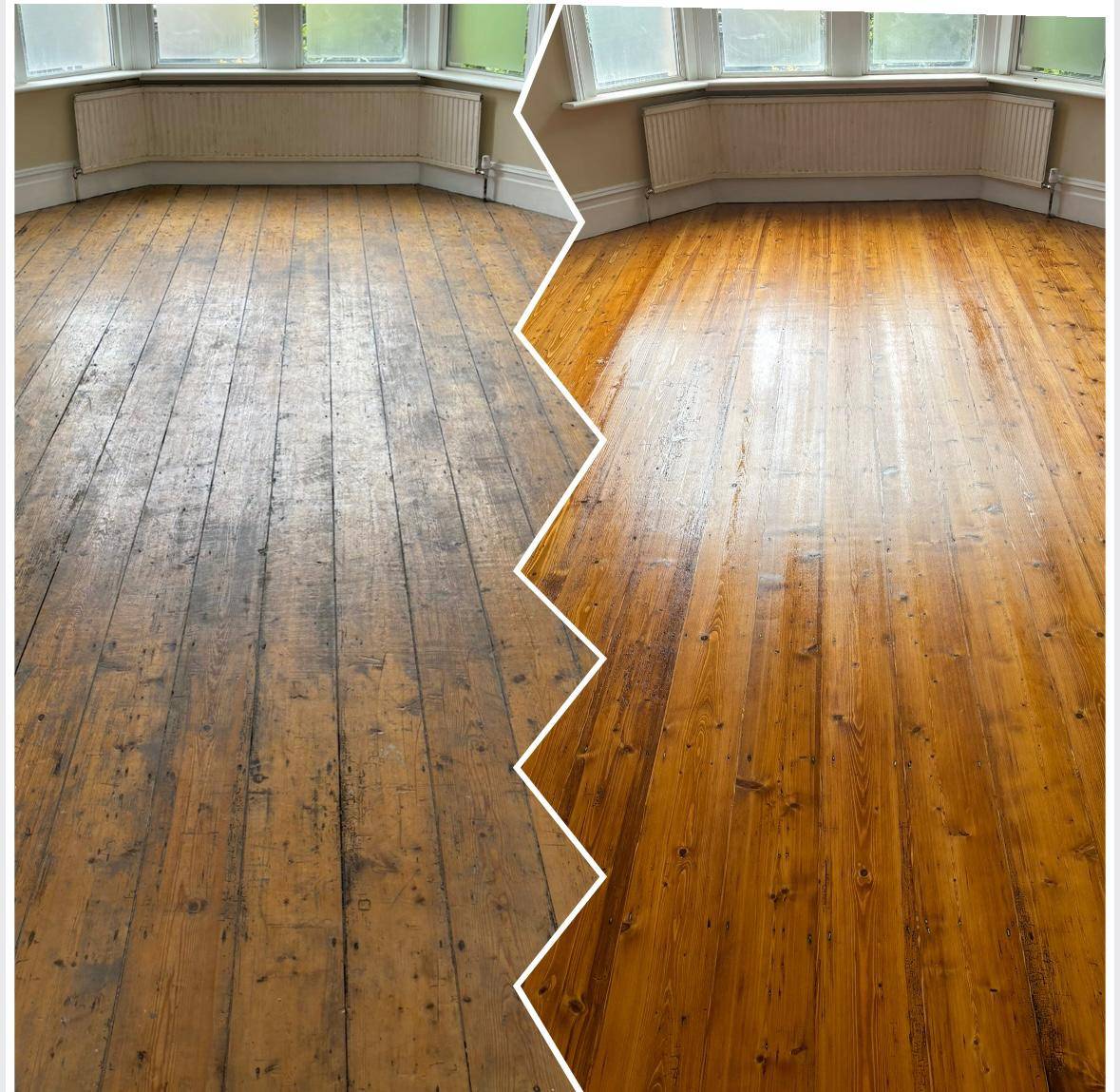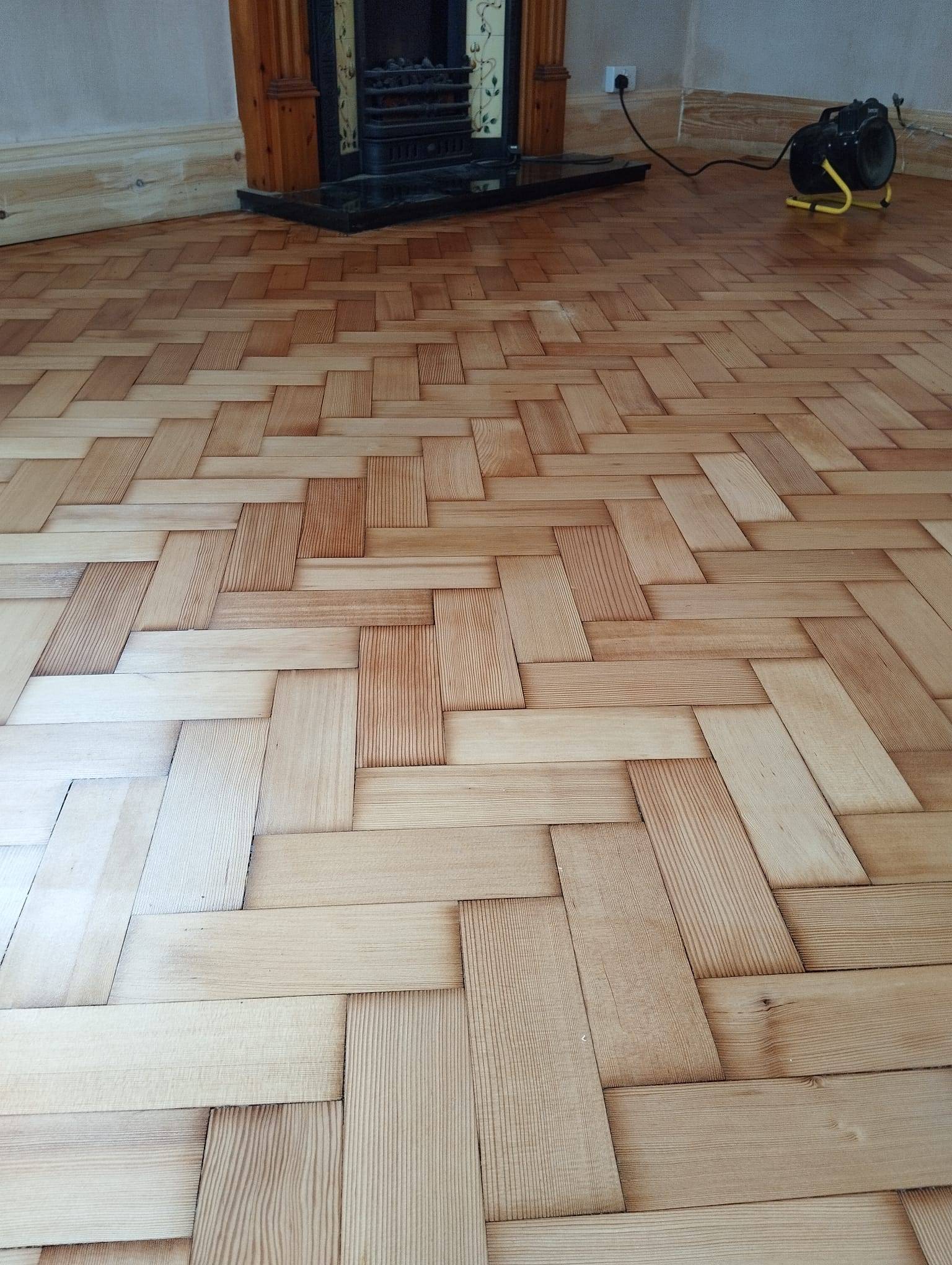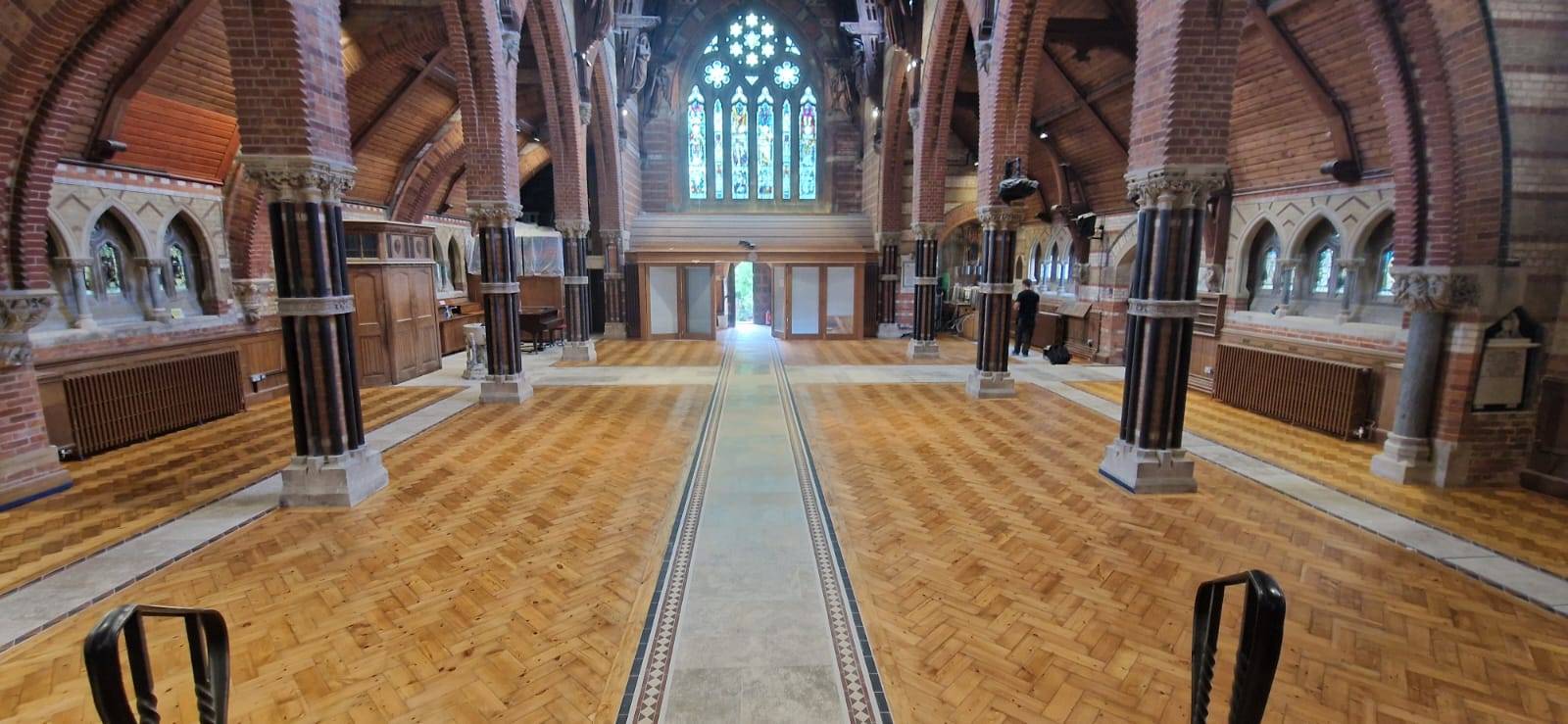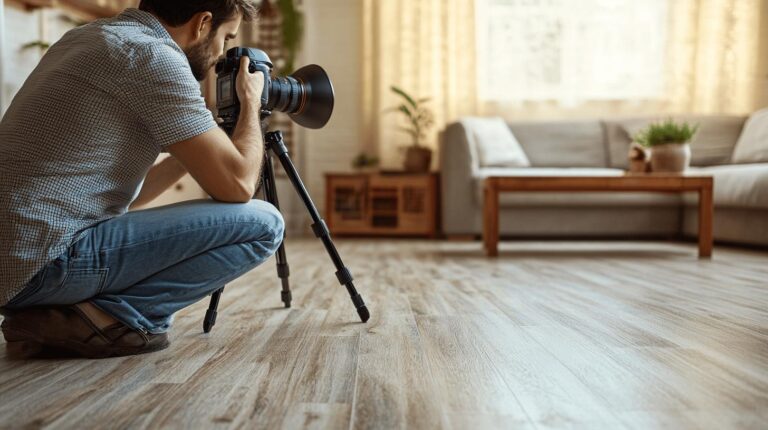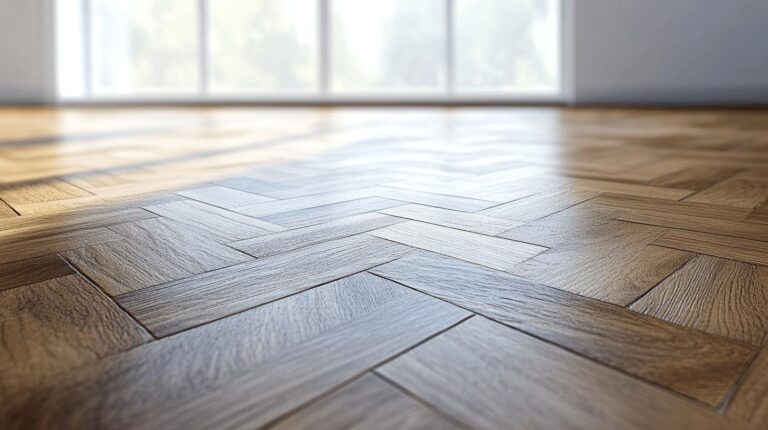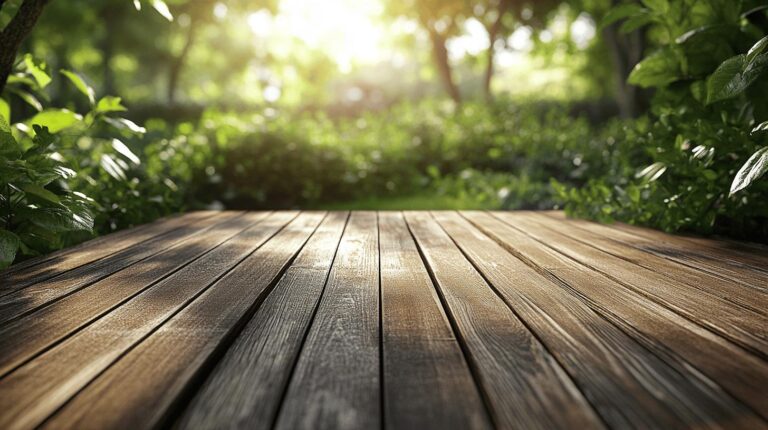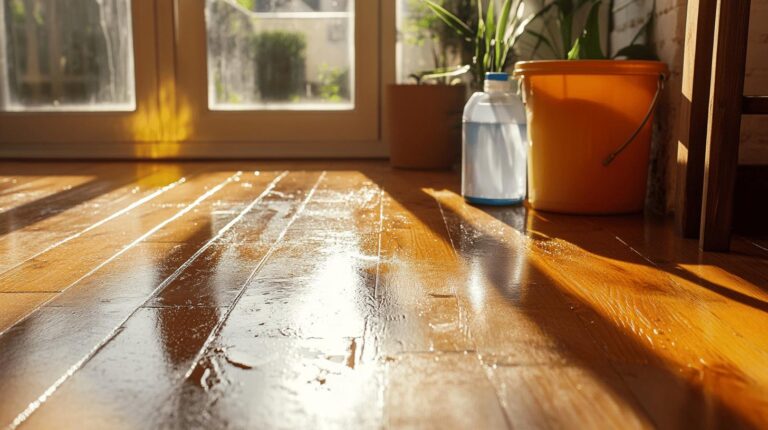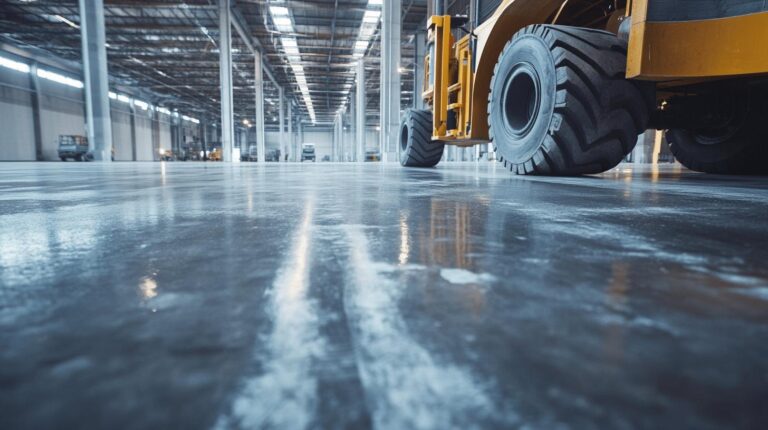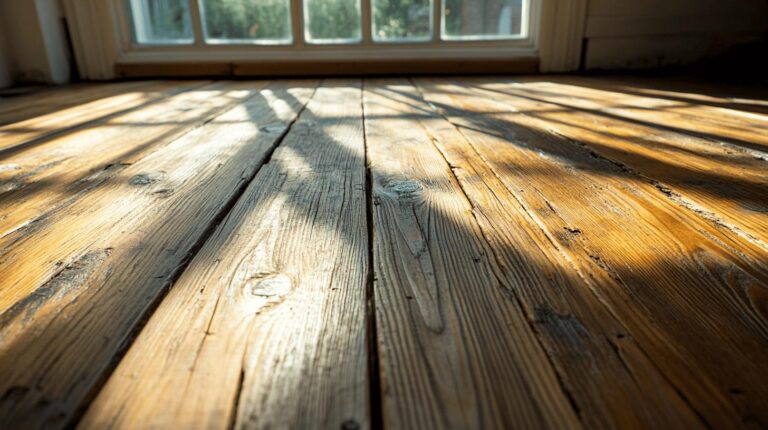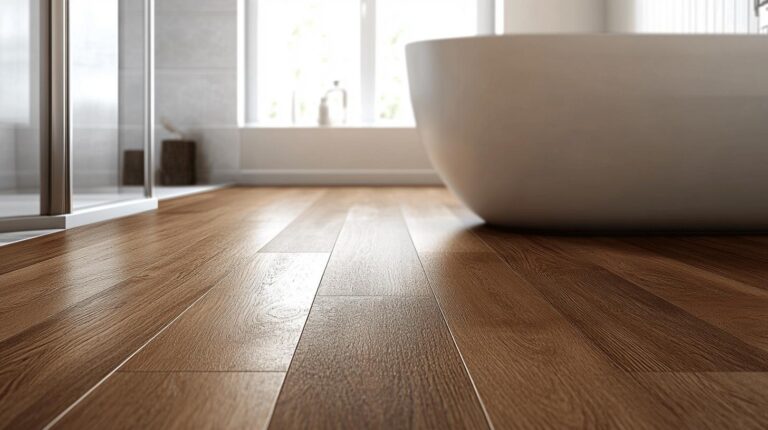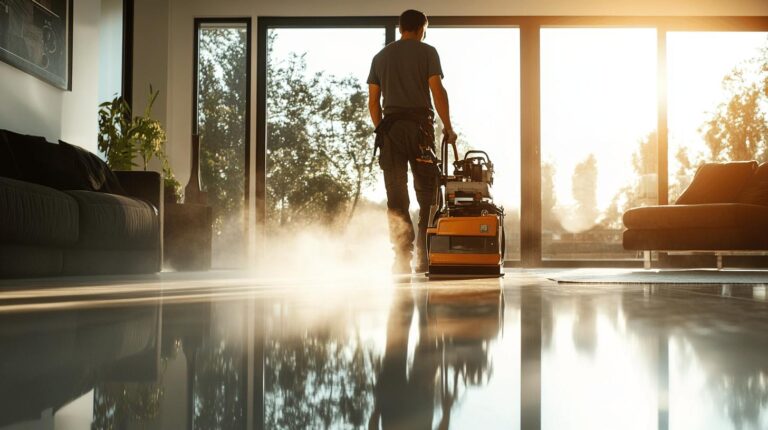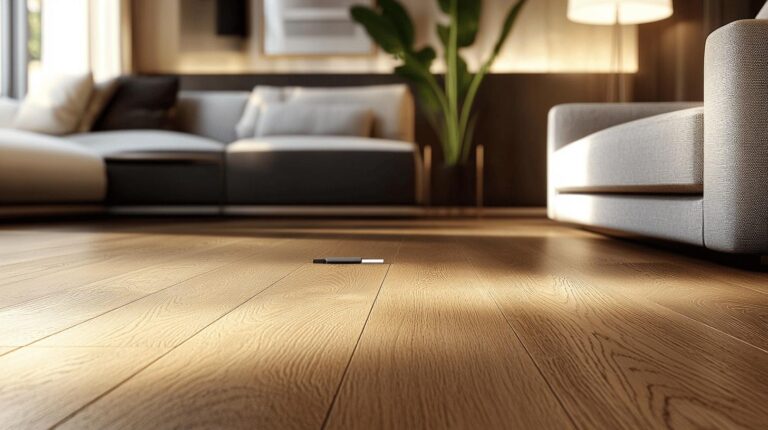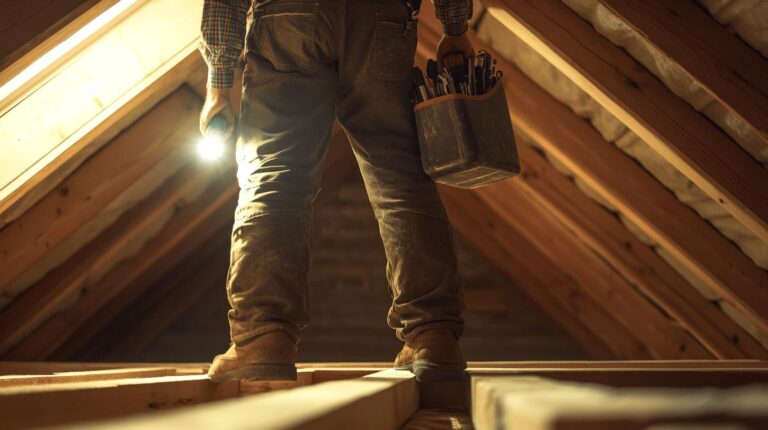Have you ever wondered why your beautiful hardwood floors start to warp and swell seemingly overnight? It might surprise you to learn that the culprit is often the quiet yet powerful force of humidity. This invisible enemy can wreak havoc on your wood floors, causing them to expand, contract, and even crack, leading to unsightly gaps and warping. Understanding how humidity affects your flooring is crucial to preventing costly repairs and maintaining the aesthetic appeal and value of your home. Read on as we unpack essential tips for safeguarding your wood floors against the impacts of fluctuating humidity levels.
How Humidity Affects Wood Floors
Wood floors naturally respond to changes in humidity due to their hygroscopic nature, meaning they absorb moisture from the air when humidity levels rise and release it when humidity drops. This absorption and release process causes the wood to expand and contract, a phenomenon known as dimensional change. Such expansion and contraction in timber flooring are crucial factors to monitor, as they can lead to various structural and aesthetic issues if not properly managed.
High humidity levels lead to wood floor swelling issues as the planks absorb excess moisture, causing them to expand. This expansion can result in warping, cupping, and uneven flooring surfaces. Conversely, when humidity levels are low, the wood releases moisture, leading to shrinkage, gaps, and potential cracking between floorboards. Both scenarios can compromise the floor’s structural integrity and visual appeal, necessitating careful humidity regulation.
- Dimensional change: the expansion and contraction of wood due to humidity
- Wood swelling issues: problems arising from moisture absorption
- Expansion and contraction: movement of wood with humidity fluctuations
- Warping: distortion of wood due to excessive moisture
- Gaps and cracks: issues from wood drying out and shrinking
The implications of these humidity-induced changes are significant for both the durability and appearance of wood floors. Warped or uneven surfaces not only detract from the aesthetic value of flooring but can also pose safety hazards. Structural integrity is compromised when gaps and cracks appear, potentially leading to costly repairs. By understanding how humidity affects wood floors, homeowners can take proactive measures to maintain their floors’ beauty and longevity.
Prevention Methods for Humidity-Related Floor Damage
Preventing humidity-related damage is essential to maintaining the quality and longevity of wood floors. Humidity fluctuations cause wood to expand and contract, leading to issues like warping and cracking. By implementing effective prevention methods, these problems can be significantly minimised, preserving both the structural integrity and visual appeal of your flooring.
In high-humidity environments, using a dehumidifier can effectively remove excess moisture from the air, thereby preventing the wood from absorbing too much water and expanding. Conversely, in dry climates, employing a humidifier adds the necessary moisture to the environment, preventing the wood from drying out excessively and cracking. These tools are indispensable for wood floor protection as they help maintain a balanced humidity level, which is essential for preventing floorboard warping.
Proper ventilation is another crucial aspect of managing indoor humidity. Ensuring good airflow within your home helps to stabilise humidity levels, reducing the risk of moisture accumulation. Opening windows and doors when weather permits or using exhaust fans can aid in dispersing excess humidity. Regularly maintaining HVAC systems also plays a vital role in controlling indoor climate conditions.
Recommended practices for managing humidity:
- Repair plumbing leaks promptly to prevent moisture build-up.
- Minimise moisture sources by reducing steam cleaning and water spills.
- Use rugs and mats at entry points to absorb moisture from shoes.
- Regularly inspect and maintain HVAC systems for optimal performance.
Seasonal adjustments are vital for protecting wood floors against humidity fluctuations. During humid summer months, increasing the use of dehumidifiers and ensuring adequate ventilation can help. In contrast, during dry winter months, maintaining indoor humidity with humidifiers is advisable. These adjustments not only prevent damage but also extend the lifespan and enhance the appearance of wood floors.
Maintaining Optimal Humidity Levels for Wood Floors
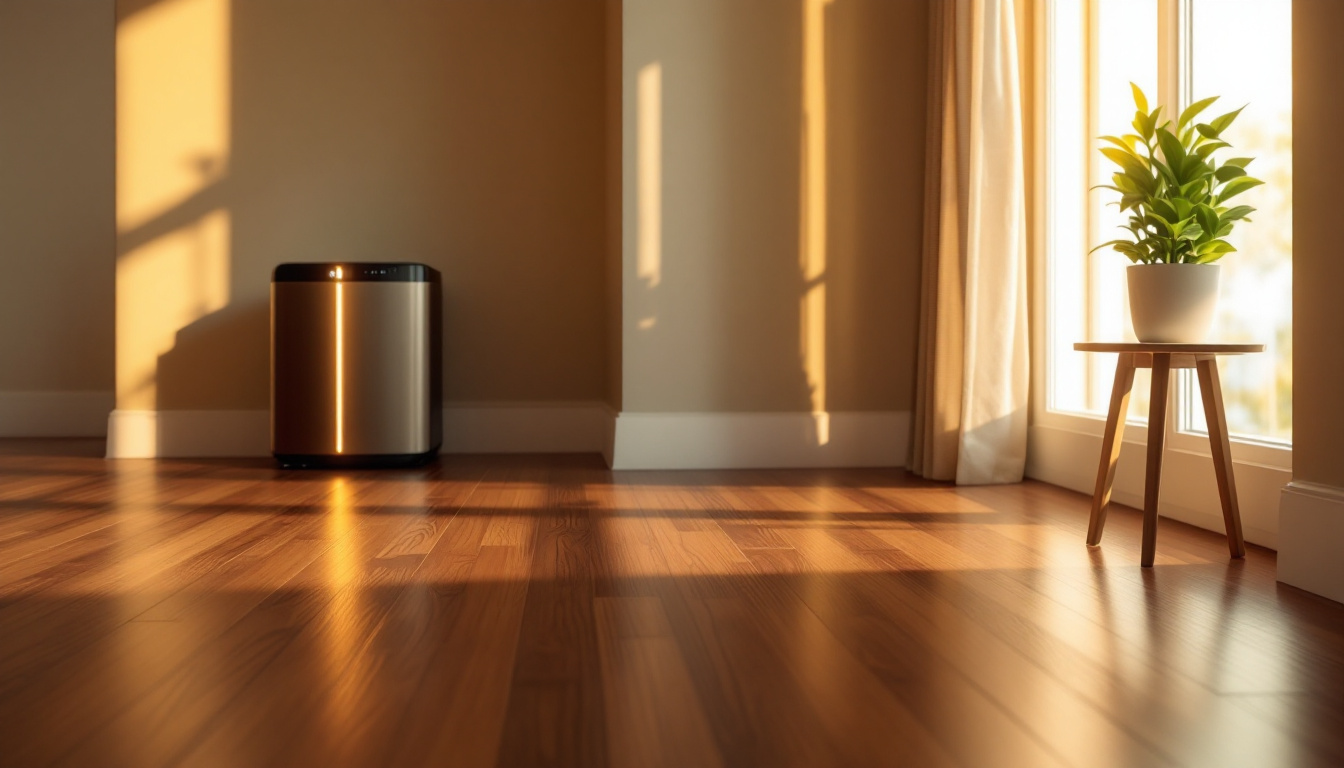
Achieving and maintaining the ideal humidity range of 30% to 50% is crucial for preserving the structural integrity and aesthetic appeal of wood floors. This optimal range prevents excessive expansion and contraction that can lead to warping, gaps, and cracks. By keeping humidity levels stable, homeowners can significantly reduce the likelihood of damage, ensuring their floors remain in excellent condition over time.
To effectively monitor and control humidity within the home, several tools and technologies are available. Hygrometers offer a simple and accurate way to measure humidity levels, allowing for timely adjustments. Smart home systems provide advanced features, enabling automation and remote monitoring of humidity, thus maintaining consistent levels with minimal effort. Additionally, using humidifiers and dehumidifiers can help regulate indoor moisture, depending on the climate and season.
Routine Maintenance Tips for Wood Floors
Regular maintenance is vital to prevent humidity-related damage to wood floors. Wood is particularly sensitive to changes in humidity, which can lead to problems such as warping, gaps, and cracks. By adhering to a consistent maintenance routine, homeowners can safeguard the integrity and appearance of their flooring. Maintaining indoor temperatures and humidity levels is also essential, as these factors directly influence the wood’s condition.
Here are six essential maintenance practices to consider:
- Immediate Spill Cleanup: Address spills as soon as they occur to prevent moisture from seeping into the wood, which can cause swelling and warping.
- Use of Rugs and Mats: Place rugs and mats at entryways and high-traffic areas to minimise direct contact between moisture and the wood surface.
- Routine Floor Inspections: Regularly check for early signs of damage such as cracks, gaps, or warping. Early detection can prevent small issues from becoming larger, more expensive problems.
- Proper Floor Cleaning Methods: Use cleaning products specifically designed for wood floors. Avoid excessive water use when cleaning to prevent moisture absorption.
- Temperature and Humidity Control: Maintain indoor humidity levels between 30% and 50% using humidifiers or dehumidifiers. This range is optimal for preventing wood expansion and contraction.
- Protective Padding for Furniture: Use pads under furniture legs to prevent scratches and dents, which can expose the wood to moisture.
Routine inspections play a crucial role in maintaining wood floors. By regularly assessing the condition of the flooring, homeowners can identify potential problems early and take corrective actions promptly. This proactive approach ensures that maintenance is effective and keeps repair costs manageable.
Scheduling professional maintenance is equally important in preserving wood floors. Expert services, such as those offered by Ryan’s Restoration, provide thorough assessments and specialised treatments that can extend the life and enhance the appearance of wood flooring. Professional advice and intervention are invaluable in addressing complex issues that routine maintenance might not fully resolve.
Expert Tips for Seasonal Wood Floor Adjustments
Seasonal humidity variations pose significant challenges to maintaining wood floors. As temperatures fluctuate, so do humidity levels, leading to wood expansion and contraction. How can homeowners mitigate these effects? By implementing strategic flooring adjustments that accommodate these natural changes.
One essential consideration during installation is leaving small expansion gaps. These gaps allow the wood to move naturally with changing humidity levels, preventing warping and buckling. Why are expansion gaps important? They provide the necessary space for wood movement, maintaining the floor’s structural integrity throughout the year.
Adjusting HVAC settings is another effective way to maintain stable indoor humidity. What role does HVAC play? It regulates the environment, keeping humidity within the ideal range for wood floors. Ensure your HVAC system is efficient and regularly maintained to support consistent humidity control.
- Use window treatments to block direct sunlight and reduce temperature spikes.
- Adjust thermostat settings seasonally to maintain optimal indoor climate.
- Implement weatherstripping to minimise drafts and maintain stable humidity levels.
Consulting with professionals like Ryan’s Restoration can provide tailored advice on seasonal maintenance. Why seek expert guidance? Professionals offer insights into specific regional challenges and the best practices for protecting your investment in wood flooring. Their expertise in seasonal adjustments ensures your floors remain beautiful and functional year-round.
Final Words
Understanding and managing the effects of humidity on wood floors is crucial for maintaining their quality and durability. By exploring the impact of humidity, effective prevention strategies, and optimal maintenance techniques, homeowners can preserve their floors’ aesthetic and structural integrity.
Implementing tools such as humidifiers and dehumidifiers, coupled with vigilant routine care, can significantly reduce issues like warping and cracking. Those pursuing high-quality wood floors can benefit from expert advice on seasonal adjustments, ensuring long-term success.
Embracing these strategies not only enhances home aesthetics but also adds value, demonstrating careful attention to flooring preservation and longevity.
FAQ
Q: How do you protect wood floors from moisture?
Protecting wood floors from moisture involves using a dehumidifier in humid environments and a humidifier in dry areas. Proper ventilation and repairing leaks also help minimise moisture exposure.
Q: How does humidity affect wood floors?
Humidity impacts wood floors by causing expansion and contraction, leading to potential warping and gaps. Maintaining humidity between 30% and 50% prevents excessive wood movement and associated structural issues.
Q: How do you remove humidity from hardwood floors?
Removing humidity from hardwood floors can be achieved by using a dehumidifier, ensuring good airflow through proper ventilation, and eliminating sources of moisture such as leaks or spills.
Q: How do you keep wood floors from sweating?
Keeping wood floors from sweating involves controlling indoor humidity levels within the ideal range of 30% to 50%. Employing dehumidifiers, ensuring proper ventilation, and temperature regulation can prevent excess moisture buildup.
